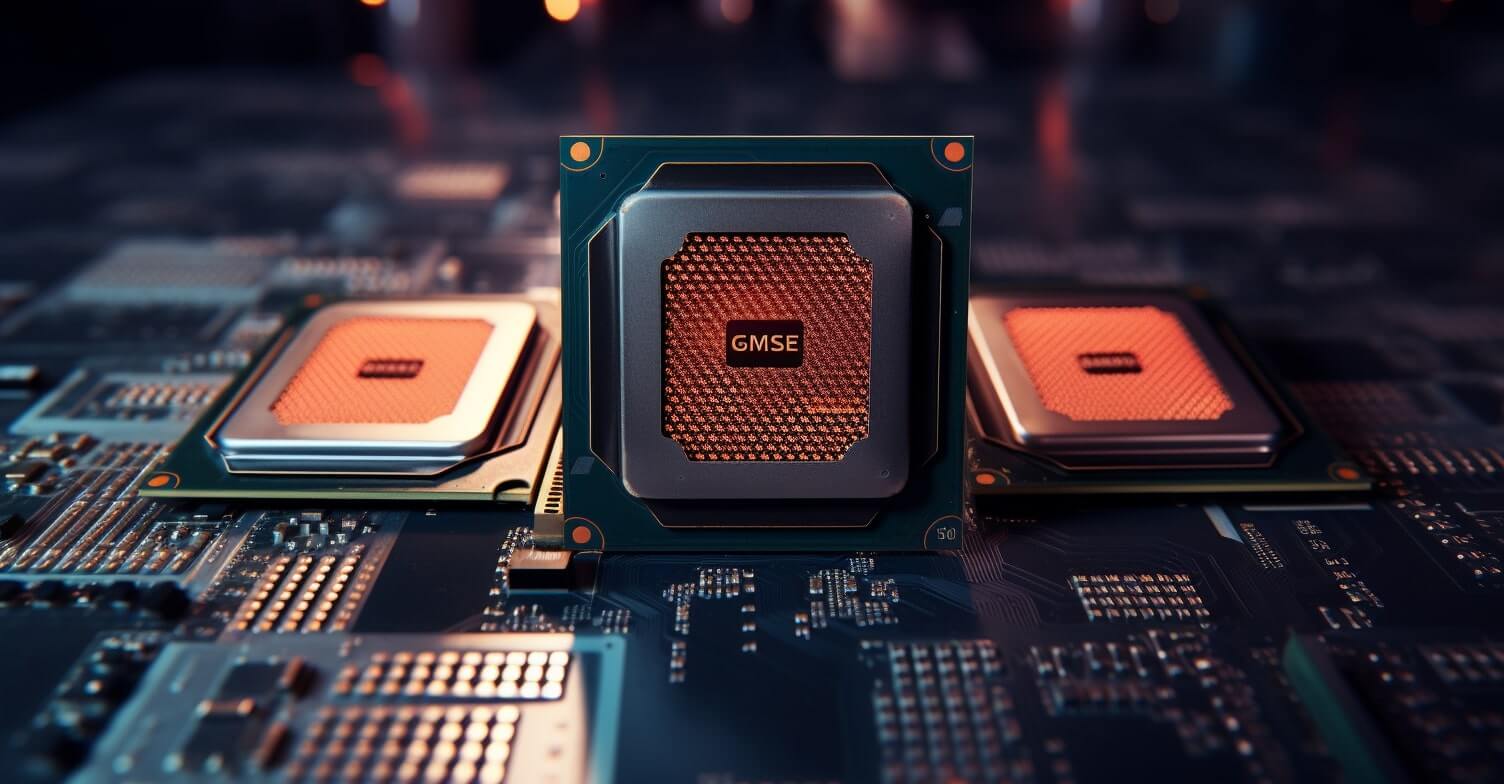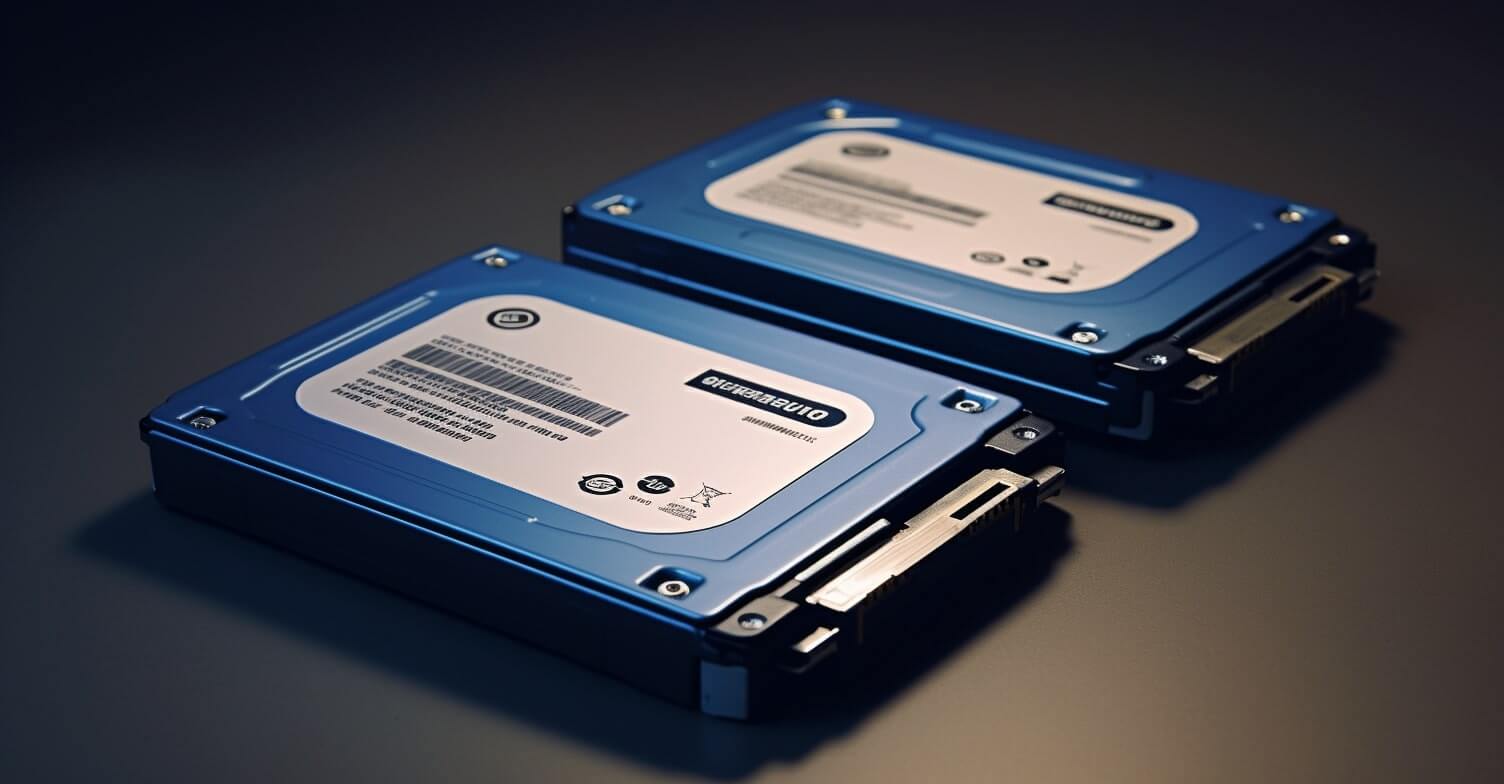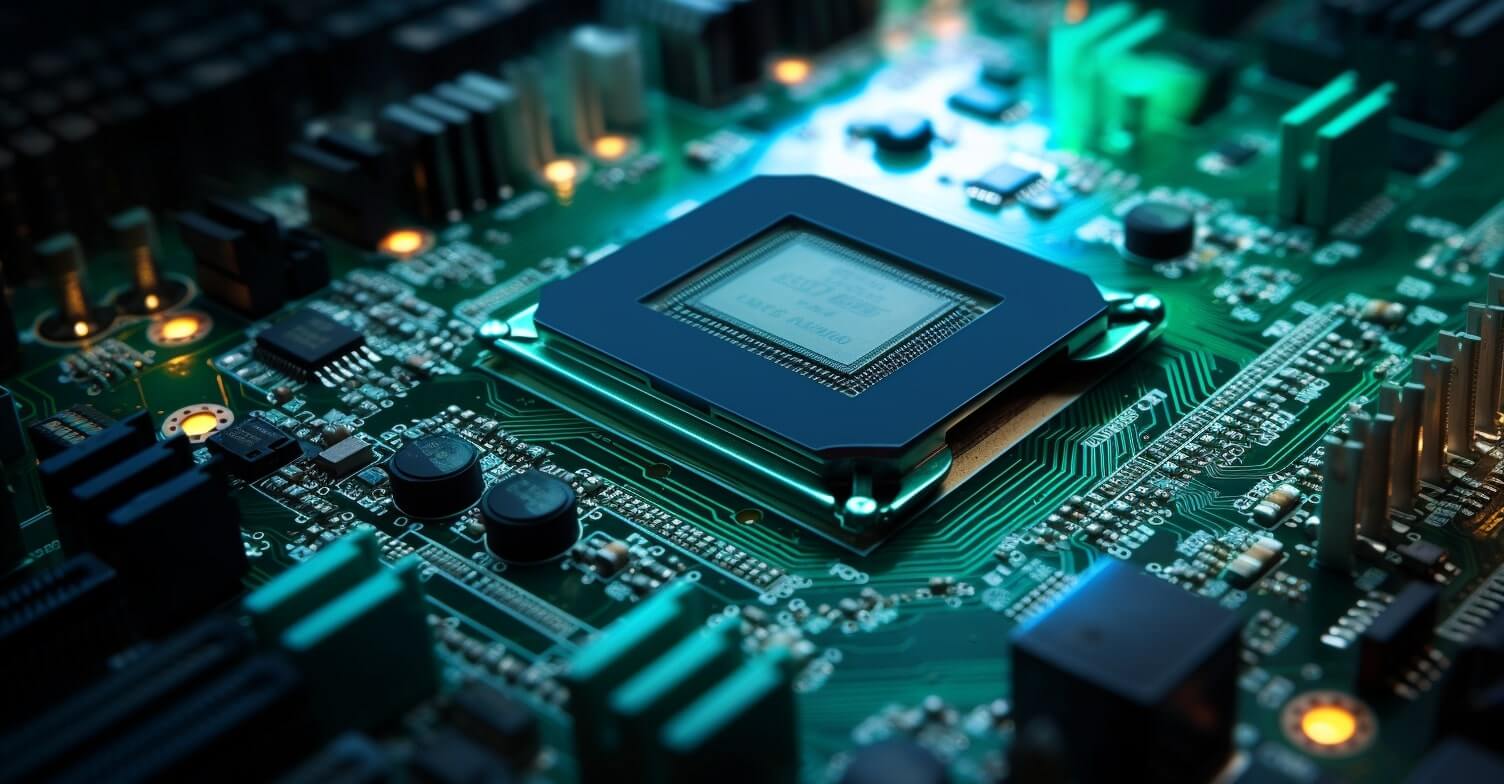Table of Contents
- Understanding the Components[+]
- Choosing the Right Parts[+]
- Setting Up Your Workspace[+]
- Starting with the Motherboard[+]
- Assembling the PC Case[+]
- Final Touches and Testing[+]
- Installing an Operating System[+]
- Optimizing Your Gaming PC[+]
- Regular Maintenance and Upgrades[+]
- FAQ – How to Build a Gaming PC[+]
- 1. What components do I need for a gaming PC?
- 2. What tools are essential for PC assembly?
- 3. How do I choose the right components for my gaming PC?
- 4. What is the step-by-step process for building a gaming PC?
- 5. How do I ensure proper cable management in my PC build?
- 6. What are some common mistakes to avoid when building a gaming PC?
- 7. How can I troubleshoot if my gaming PC doesn’t boot up?
- 8. Do I need to overclock my gaming PC, and how do I do it safely?
- 9. How can I maintain and upgrade my gaming PC over time?
- 10. Where can I find resources and communities for PC building help?
How to Build a Gaming PC. With the rise of PC gaming, many enthusiasts are diving into the world of custom PC builds. But how do you start? What components do you need? And how do you ensure you’re building your PC the right way? This guide will walk you through the process of building a gaming PC, ensuring you have all the knowledge you need to create a powerful and efficient machine. From understanding the basic components to the actual assembly and post-build steps, we’ve got you covered. Dive in and start your journey to building the ultimate gaming PC.
Understanding the Components
The Heart of the PC: CPU
Ah, the CPU. Often dubbed the “brain” of the computer, but let’s call it the heart. After all, without it, your gaming PC wouldn’t even get a pulse. It processes everything, from your latest game to that meme you can’t stop laughing at. According to Intel’s Guide on Building a Gaming PC, choosing the right CPU can make or break your gaming experience. And if you’re wondering about the best CPUs for specific graphics cards, our Best CPUs for RX 6800 and 6800 XT Graphics Cards article has got you covered.

| CPU Model | Best For | Price Range |
|---|---|---|
| Intel Core i9 | High-end Gaming | $350 – $600 |
| AMD Ryzen 7 | Multitasking | $300 – $500 |
| Intel Core i5 | Budget Gaming | $150 – $300 |
The Visual Powerhouse: GPU
Imagine playing a game with all the graphics settings turned to the max. Crisp, clear, and stunning. That’s what a good GPU, or Graphics Processing Unit, offers. It’s the soul of your gaming visuals. Don’t skimp on this one!

| GPU Model | Performance Level | Price Range |
|---|---|---|
| NVIDIA RTX 3090 | High-end | $1,000 – $1,500 |
| AMD Radeon RX 6800 | Mid-range | $600 – $800 |
| NVIDIA GTX 1660 Ti | Budget-friendly | $250 – $350 |
Storing Your Games: SSDs and HDDs
Remember the time when games were just a few MBs? Neither do we. Today’s games are massive, and you need ample storage. SSDs offer faster load times, while HDDs give more space for your buck. It’s like choosing between a sports car and a minivan. Both have their merits.

| Storage Type | Speed | Capacity | Price Range |
|---|---|---|---|
| SSD | Very Fast | 250GB – 2TB | $50 – $400 |
| HDD | Slower, Cheap | 1TB – 4TB | $40 – $100 |
Powering Your Build: PSU
The unsung hero of any build. The Power Supply Unit might not be glamorous, but it’s essential. Think of it as the lifeblood pumping energy to every component. Too weak, and your system won’t run. Too powerful, and you’re just wasting electricity.
Choosing the Right Parts
Compatibility is Key
Ever tried fitting a square peg in a round hole? That’s what it feels like when your components aren’t compatible. Always ensure your parts play nicely together. For a deep dive into picking the right parts, Tom’s Guide on PC Parts is a treasure trove of information. And if Ryzen 7 5800x is your CPU of choice, our guide on the Best Motherboards for Ryzen 7 5800x is a must-read.
Balancing Performance and Budget
We all want a beast of a gaming PC. But our wallets? They often disagree. It’s a delicate dance between performance and budget. But with careful research and a bit of patience, you can strike the right balance.
Setting Up Your Workspace
Importance of a Static-Free Environment
Static electricity: great for balloon tricks, terrible for PC building. A single zap can fry your components. Always build on a static-free surface, and if you can, wear an anti-static wristband.
Organizing Tools and Components
A cluttered workspace is a builder’s nightmare. Keep your tools organized and your components within arm’s reach. And when it comes to transporting sensitive equipment, like monitors, safety is paramount. Check out our guide on How to Safely Transport a Monitor for some pro tips.
Starting with the Motherboard
Installing the CPU
Ah, the CPU. Think of it as the brain of your operation. It’s where all the magic happens. But installing it? It’s like placing the king on a chessboard. Align the golden triangle on the CPU with the one on the motherboard socket, gently place it in, and lock it down. No force is required. For a visual guide, GameSpot’s Guide on Building a Gaming PC is a lifesaver.
Setting up RAM
RAM sticks are like the short-term memory of your PC. And they’re picky about where they sit. Ensure you’re placing them in the right slots (often color-coded). Push down until you hear a click. And if you’re wondering which motherboard to pair with your Ryzen 5 5600x, our Best Motherboards for Ryzen 5 5600x guide is a goldmine.
Assembling the PC Case
Mounting the Motherboard
Before you go screwing in the motherboard, remember to place the I/O shield at the back of the case. It’s the unsung hero that prevents dust from entering and gives you access to all ports. Once that’s in, align the motherboard with the standoffs and screw it in place.
Installing the GPU
The GPU, or as I like to call it, the “Eye Candy Enabler”. This bad boy lets you experience games in all their visual glory. Slot it into the PCIe x16 slot (it’s the long one) and secure it with a screw. Easy peasy.
Setting up Storage Devices
SSDs for speed. HDDs for storage. Decide where you want them in your case, and screw them in. Connect them to the motherboard and the PSU, and voila! You’re ready to store all those games you’ll probably never play. And speaking of power, if you’re rocking an RTX 3070 with a Ryzen 7 5800x, our Best PSU for RTX 3070 and Ryzen 7 5800x Build guide will ensure you have enough juice.
Final Touches and Testing
Cable Management Tips
Cables. The bane of every builder. But with a few zip ties and some patience, you can turn that spaghetti mess into a neat pasta dish. Route cables through the back, tie them together, and keep airflow paths clear.
Booting up for the First Time
The moment of truth. Hit that power button. If all goes well, you’ll see the BIOS screen. If not, don’t panic. Double-check your connections, ensure the PSU is switched on, and try again. And once you’re up and running, updating your BIOS can iron out any kinks. Not sure how? Our How to Update Your BIOS/UEFI guide is here to help.
Installing an Operating System
Choosing between Windows, Linux, or Others
So, you’ve built your gaming beast. Now, what’s it going to run on? Windows is the popular kid in school, with a vast library of games. Linux, on the other hand, is that cool indie kid with a ton of potential. And then there are others, like MacOS, but let’s be real, it’s not the go-to for gaming. Your choice will largely depend on your game library and software preferences. And if you’re thinking of switching things up, our guide on How to Transfer Windows 10 to New Motherboard is a lifesaver.
The Installation Process
Installing an OS is like teaching your PC a new language. Grab a USB drive, download your OS of choice, and boot from the drive. Follow the on-screen instructions, and voila! Your PC is now fluent in Windows, Linux, or whatever you choose.
Optimizing Your Gaming PC
Driver Updates
Think of drivers as translators between your hardware and software. Keeping them updated ensures your PC runs smoothly and efficiently. It’s like giving your PC a regular dose of espresso. And for the latest on PC parts, Tom’s Guide is your caffeine source.
Overclocking for Better Performance
Want to squeeze every ounce of power from your PC? Overclocking is the answer. But it’s not for the faint-hearted. It’s like trying to make your car go faster by tweaking the engine. Done right, you’ll see a performance boost. Done wrong, well, let’s not go there. If you’re brave enough to venture into the world of overclocking, especially with the RTX 2070, our How to Overclock the RTX 2070 Graphics Card guide is your trusty sidekick.
Regular Maintenance and Upgrades
Cleaning Your PC
Dust bunnies. They’re not the cute kind. Regularly cleaning your PC ensures it doesn’t overheat and maintains peak performance. A can of compressed air, a soft brush, and some TLC are all you need. Remember, a clean PC is a happy PC.
When to Consider Upgrades
In the fast-paced world of tech, today’s beast can be tomorrow’s dinosaur. Keeping an eye on your PC’s performance and the latest in gaming tech ensures you stay ahead of the curve. And if you’re rocking a Ryzen 5 1600 and thinking of an upgrade, our Best GPU for the Ryzen 5 1600 guide has got the deets.
In the journey of how to build a gaming PC, it’s not just about the build. It’s about setting it up, optimizing, and maintaining it. After all, what’s the point of building a beast if you’re not going to take care of it? Happy gaming!
FAQ – How to Build a Gaming PC
1. What components do I need for a gaming PC?
- You’ll need a CPU, GPU, motherboard, RAM, storage (SSD/HDD), power supply, case, and peripherals (monitor, keyboard, mouse).
2. What tools are essential for PC assembly?
- Screwdrivers, anti-static wrist strap, cable ties, thermal paste, and a clean workspace.
3. How do I choose the right components for my gaming PC?
- Research your games’ system requirements, budget, and compatibility with your chosen CPU and GPU.
4. What is the step-by-step process for building a gaming PC?
- Assemble components outside the case, install CPU, mount the motherboard, connect components, install OS, and update drivers.
5. How do I ensure proper cable management in my PC build?
- Use cable ties, route cables neatly, and ensure good airflow for optimal cooling.
6. What are some common mistakes to avoid when building a gaming PC?
- Not grounding yourself, mishandling components, or forgetting thermal paste application.
7. How can I troubleshoot if my gaming PC doesn’t boot up?
- Double-check connections, RAM seating, power supply, and ensure components are compatible.
8. Do I need to overclock my gaming PC, and how do I do it safely?
- Overclocking is optional; research your CPU/GPU limits and follow safe overclocking guidelines.
9. How can I maintain and upgrade my gaming PC over time?
- Keep drivers updated, clean dust regularly, and upgrade components like RAM or GPU as needed.
10. Where can I find resources and communities for PC building help?
- Visit forums like Reddit’s r/buildapc or watch tutorials on YouTube. Research and ask questions for guidance.


